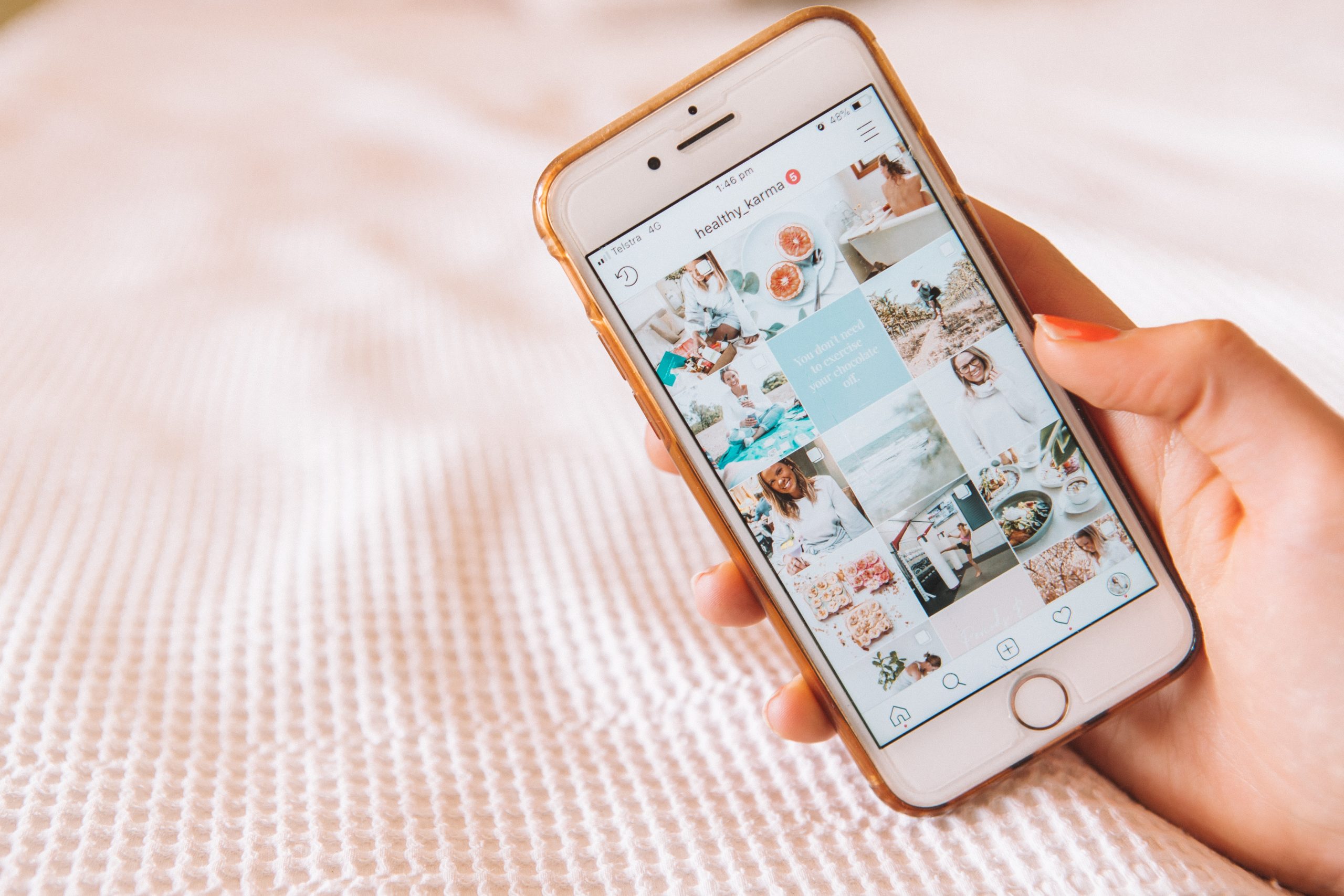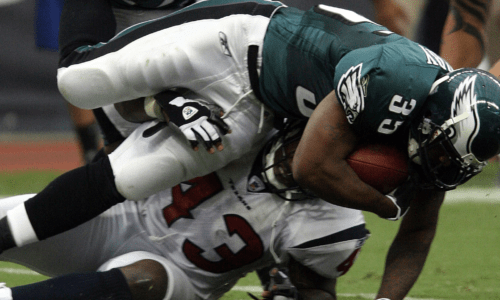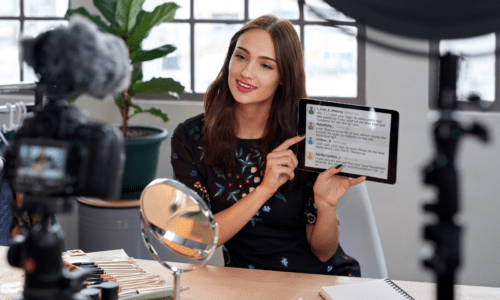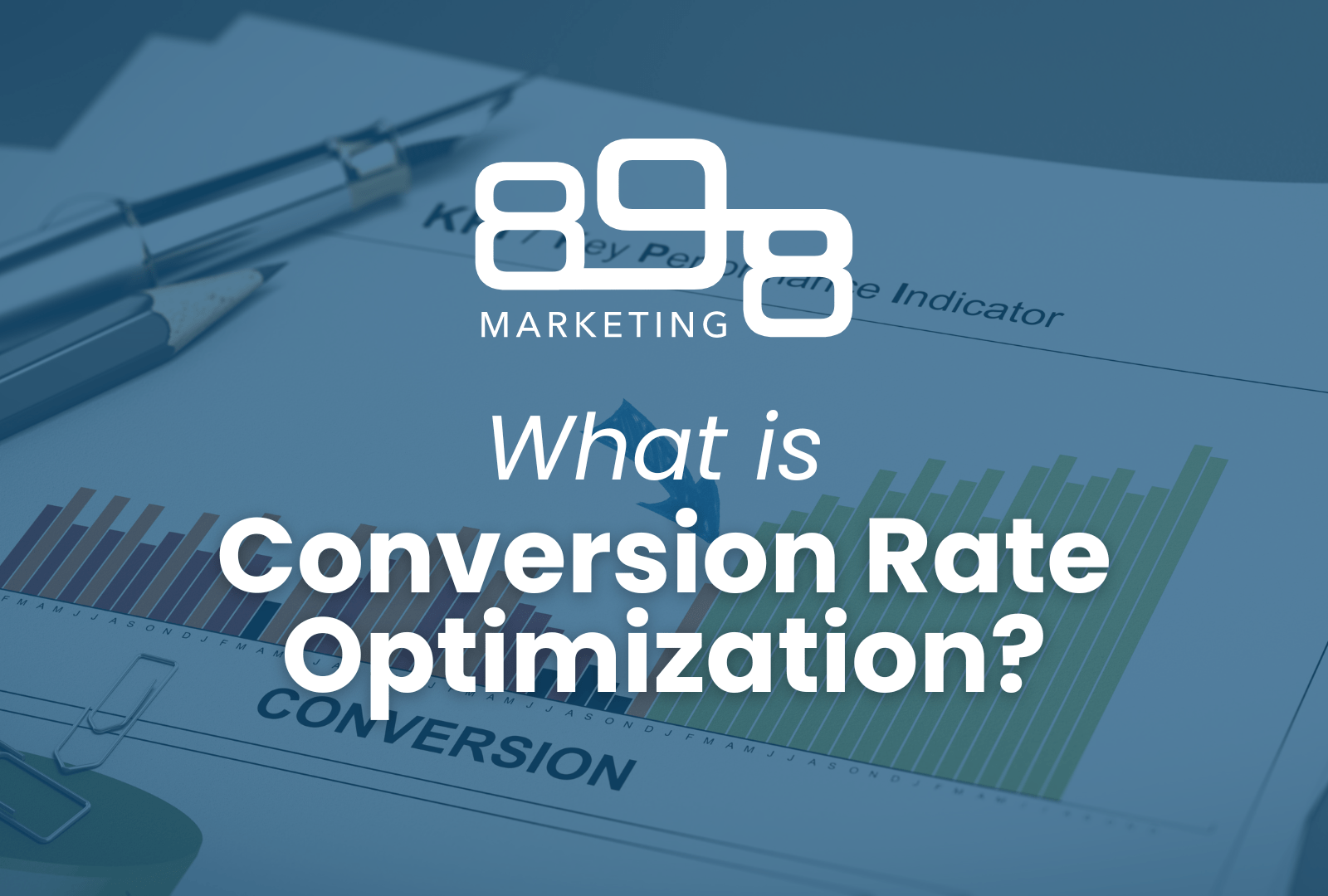
Micro-Influencers are The Future of Marketing
- Zach Patton
- June 10, 2019
- Uncategorized
- 0 Comments
I am 22 years old, and have been on Twitter since I was a freshman in high school, at age 15. I’ve been on Facebook even longer, since I was 14. Realistically, I couldn’t imagine a world in which social media doesn’t exist. Even before I sold my soul to my Twitter account 7 years ago, I was at least aware of its existence, and I had friends who were on it.
With social media becoming as prominent as it is, the rise of internet celebrities was an inevitability of sorts. As these big internet personalities have grown, advertisers have naturally taken advantage of their reach to promote their products and services, and build brand awareness. These internet celebrities, some of whom may be better classified as “Social Media Influencers,” often receive money from advertisers to promote a product or service on their site. But as social media has grown, so have the influencers and advertisers, which has given rise to a new online promotion style: the micro-influencer.
Micro-influencers are the future of marketing, today. They are almost universally defined as individuals with a reach of about 1k-50k followers, and who create content for a specific niche audience, such as sports, fitness, or cooking. This is in stark contrast to many well-known social media influencers, such as Huda Kattan, Michelle Lewin, and Chiara Ferragni, who have millions of followers on their Instagram accounts. While these individuals may have the reach that a micro-influencer lacks, there are several benefits to advertising with micro-influencers that make them a premier social media marketing platform, especially for small and medium sized businesses.
Reach
I know, I just said that micro-influencers lacked the reach a more prominent social media influencer may have. However, their number of followers is nothing to scoff at. Depending on your industry and market size, 1k-50k can be a really significant number of people. When you add in the fact that these influencers have a much more niche following than more popular influencers, this becomes a recipe for success for small and medium sized companies looking to advertise to a more specific group of people.
Budget
Having popular social media influencers promote your product can be incredibly expensive. According to an online article written by Gary Henderson in 2017 for Digital Marketing.org’s website, an Instagram influencer with 500,000+ followers can charge $3000 or more per sponsored post. Paying this amount may be easier for large corporations, but for smaller businesses, this is often unrealistic. Enter the micro-influencer, who typically charges anywhere between $75-$500 per sponsored post, according to Henderson. $75-$500 is much more manageable for smaller businesses, and makes it easier for them to increase their social media presence. If you’d like to get more numbers on the costs of social media influencer promotion, you can check it out here.
Engagement
Micro-influencers get an amount of meaningful engagement from their audiences that more popular influencers can not. Micro-influencers operate on a much smaller scale, and are more accessible to their followers. When a follower comments on a post, it is much more likely that the micro-influencer will respond, thereby forming a closer relationship and making the follower feel like they are part of the influencer’s story. In essence, we as marketers are trying to tell stories in our work, so this makes advertising with micro-influencers more appealing.
Trust
Reach + Budget + Engagement = Trust from all parties involved. Having a small, but significant, reach increases the likelihood of back-and-forth engagement between a micro-influencer and their audience, which results in a meaningful relationship. Having a more inexpensive cost per post results in stronger trust between the business and micro-influencer. So, since micro-influencers are much more trustworthy than their more popular counterparts, they become the perfect social media marketing resource for small and medium businesses.
Why wouldn’t you start taking advantage of micro-influencers today? There have already been some success stories, such as Sperry and Tom’s of Maine’s use of micro-influencer marketing campaigns, which you can read more about here. There are also a number of micro-influencers that you can reach out to now that might be perfect for your company, such as @modernfit on Instagram, who has 45.4k followers and focuses on fitness. The opportunity is there as micro-influencers are the future of marketing, today. The time to take advantage of them is now.
About the Author
 Zach Patton is currently a Marketing Intern at 898 Marketing. As an intern, Zach is gaining valuable experience with strategic development, creative concepting, research, market analysis, video production and effective account management and presentation skills. Zach is a native of Youngstown, Ohio, and a graduate of John Carroll University where he earned a Bachelor of Science in Business Administration.
Zach Patton is currently a Marketing Intern at 898 Marketing. As an intern, Zach is gaining valuable experience with strategic development, creative concepting, research, market analysis, video production and effective account management and presentation skills. Zach is a native of Youngstown, Ohio, and a graduate of John Carroll University where he earned a Bachelor of Science in Business Administration.







Recent Comments